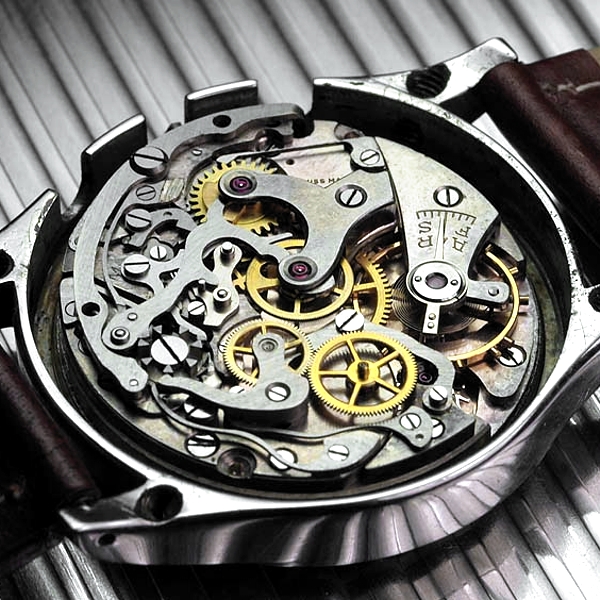KBFalkenberg (Talk | contribs) |
|||
| Line 1: | Line 1: | ||
| + | {{Team:DTU-Denmark/index.html}} | ||
| + | |||
{{Team:DTU-Denmark/index.html}} | {{Team:DTU-Denmark/index.html}} | ||
| Line 9: | Line 11: | ||
<body class="container-fluid"> | <body class="container-fluid"> | ||
| − | <div class="container"> | + | <div class="container" "onclick="void(0)"> |
<div class="col-lg-6 col-md-6 col-sm-12 col-xs-12"> | <div class="col-lg-6 col-md-6 col-sm-12 col-xs-12"> | ||
<div class="hovereffect"> | <div class="hovereffect"> | ||
| − | <img class="img-responsive" src="https://upload.wikimedia.org/wikipedia/commons/a/ab/Gallet_clamshell_600x600_movement.jpg"> | + | <img class="img-responsive" src="https://upload.wikimedia.org/wikipedia/commons/a/ab/Gallet_clamshell_600x600_movement.jpg"> |
| − | <div class="overlay"> | + | <div class="overlay"> |
| − | <h2>The problem</h2> | + | <h2>The problem</h2> |
| − | + | ||
<p> | <p> | ||
The current state of industrial biotechnology means that the vast majority biorefineries relies on edible substrates such as corn, wheat or sugar canes. This has sparked sparked the food vs. fuel debate, leading to the fundamental question: “Should we use our edible crops to feed the growing human population, or use it to provide sustainable chemicals to the industrialised world?”. A better question might be: “Why are we not doing both?”. The limiting factor of current processes, is a lack of molecular tools that has limited us to rely on a small number of organisms with narrow substrate ranges. Even though efforts has been made to expand the substrate range of many conventional cell factories, such as Escherichia coli and Saccharomyces cerevisiae, the task has proven difficult and real impact has soon to come as a result of these experiments | The current state of industrial biotechnology means that the vast majority biorefineries relies on edible substrates such as corn, wheat or sugar canes. This has sparked sparked the food vs. fuel debate, leading to the fundamental question: “Should we use our edible crops to feed the growing human population, or use it to provide sustainable chemicals to the industrialised world?”. A better question might be: “Why are we not doing both?”. The limiting factor of current processes, is a lack of molecular tools that has limited us to rely on a small number of organisms with narrow substrate ranges. Even though efforts has been made to expand the substrate range of many conventional cell factories, such as Escherichia coli and Saccharomyces cerevisiae, the task has proven difficult and real impact has soon to come as a result of these experiments | ||
| Line 29: | Line 30: | ||
<h2>The solution</h2> | <h2>The solution</h2> | ||
<p> | <p> | ||
| − | The development of new technologies such as CRISPR and Next-generation sequencing has dramatically reduced the effort required to genetically modify non-model organisms, and is effectively breaking down the barrier between model and non-model organism. Therefore we though: “Why force a model organisms to grow on non-conventional substrates, when we can start of with an organism that already grows on a broad range of substrates?”. See our proposed solution by | + | The development of new technologies such as CRISPR and Next-generation sequencing has dramatically reduced the effort required to genetically modify non-model organisms, and is effectively breaking down the barrier between model and non-model organism. Therefore we though: “Why force a model organisms to grow on non-conventional substrates, when we can start of with an organism that already grows on a broad range of substrates?”. See our proposed solution by scrolling down. |
</p> | </p> | ||
</div> | </div> | ||
| Line 36: | Line 37: | ||
</div> | </div> | ||
| − | + | <script> | |
| + | // For Demo purposes only (show hover effect on mobile devices) | ||
| + | [].slice.call( document.querySelectorAll('.content a') ).forEach( function(el) { | ||
| + | el.onclick = function() { return false; } | ||
| + | } ); | ||
| + | </script> | ||
</body> | </body> | ||
</html> | </html> | ||
| + | |||
{{Team:DTU-Denmark/footer}} | {{Team:DTU-Denmark/footer}} | ||
Revision as of 14:10, 2 August 2016



